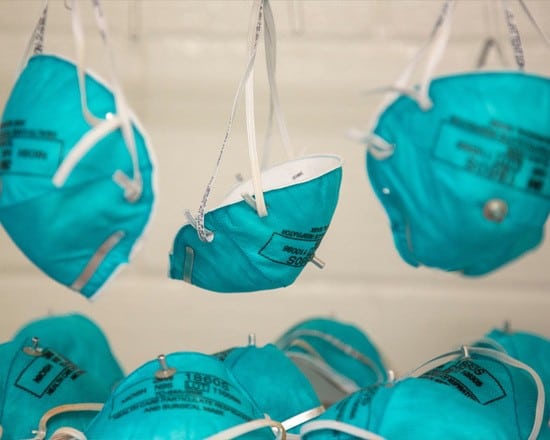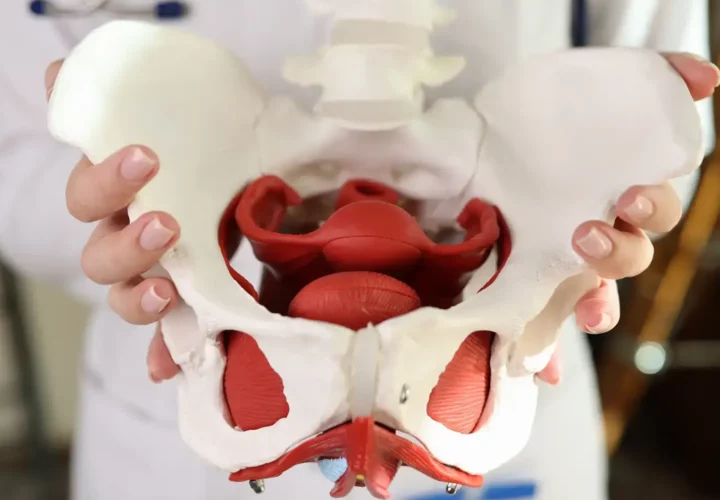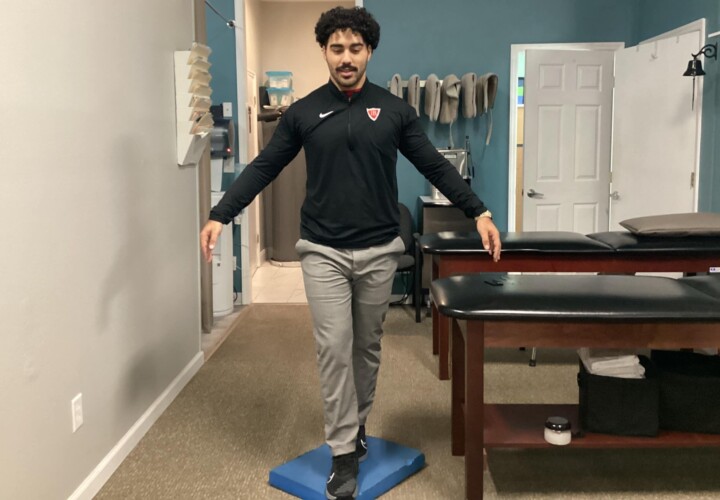It has become clear that one of the best ways to protect ourselves (and others) is to wear good PPE! Of course, wearing the right gear and wearing it correctly are very important! So let’s go over some of the biggest highlights to properly wear of gloves and masks!
Wearing Masks
For masks, it can be useful to know what types of masks we should be looking for! For daily use, everyone is being encouraged to wear at least a cloth face cover. A study showed an infected person wearing this mask decreases their risk of spreading their illness up to 70%! If an infected person is wearing such a mask and an uninfected person is wearing similar, that second person can be past the 90% mark in risk reduction, vs less than 30% if only the unaffected person is wearing a cloth mask alone. What this shows is that the more of us wearing at minimum a cloth mask in public, the better! But there are things that we can do with these cloth masks to make them even more effective!
Masks that are tight fitting enough that all air needs to be filtered through the cloth (vs a loose fitting where air can get around the open edges) show significant improvements in efficacy. So do cloths that combine a tightly woven fabric for physical particle filtering with a polyester layer. Their partial static charge attracts some molecule in the air seem to provide an additional boost. Additionally, including layers of appropriate HEPA filters can improve efficacy up to 90% on its own if enough filter layers are placed inside! Beyond these cloth masks, the N-95 is of course considered the gold standard for mask use in this case. But keep in mind that all masks, even medical grade masks, need to be appropriately disinfected after use! Cloth masks can go in the wash with bleach and hot water, and some disinfectant sprays can be effective as well!
The Perfect Mask Fit
How we fit and wear these masks is important as well! If you have a tight fitting mask like an appropriately fitted N-95 or cloth mask, the nostrils and mouth need to be fully covered even when your mouth is fully open to talk without any break in this seal for maximum efficacy. But should not be so large that you feel open air sneaking around the nose or under your chin. If either the nose or mouth is getting unfiltered air, the use of the mask is more or less negated. So even though wearing a mask like this is uncomfortable, if you are not wearing it properly it is not doing much at all!
Wearing Gloves
Gloves are another hot topic. While they can be a great tool for decreasing cross contamination, this is only true when used correctly. And again type matters! A disposable rubber glove (latex or latex free) is the best for this purpose. Also, when used properly, you will be throwing these out very very regularly.
Gloves themselves serve the primary purpose of preventing a contaminated item you touch from reaching your skin. However, any contaminants the glove is exposed to then stay on the glove like they would any other surface. This means if you then touch your clothes, face, car, groceries, a door, or a person with those contaminated gloves, you have still spread the contaminant as if you’d never been wearing them. So let’s go through a common example of good use: gas station gloves!
Real Life Scenario
Here is my setup:
Gloves are in the car in the passenger seat. I have pulled up to the gas pump, opened the door of my car, and then put gloves on. My right hand is the only hand that will touch my car from here on out. I will close my door, and then open my gas cap with my right hand. My left hand will then pull my credit card from my pocket and (ideally using the touchless reader) be read, before inserting it back into my pocket. My left hand will then select gas type, use the nozzle, replace the nozzle, and finish interacting with the gas pump.
Once complete, my right hand will close the gas cap and open the car door. Before I enter the car, I will remove my gloves without touching the inside of the glove or my own skin using the outside of the glove. Then throw them in the trash before I enter my car and close the door. Keep in mind that even in this scenario, my credit card may have been contaminated depending on the pump’s programmed order of operations. So I should clean this and my clothes immediately.
Takeaway of Gloves
Now realistically, this actually does not take me very long. But this essentially means that my gloves are good for exactly one use, and then they’re gone. If I had worn those gloves into my car and touched my steering wheel, I’ve contaminated my steering wheel. Also, anything else I touched from there!
Essentially, think of it this way: if you are wearing a set of gloves when handling a possible contaminated surface, you must change gloves before touching any new surface. This is one of the reasons disposable is the key word in these gloves! To watch Dr. Martinez properly take off gloves click here.
Properly wearing gloves and masks is very important especially right now through COVID-19.



